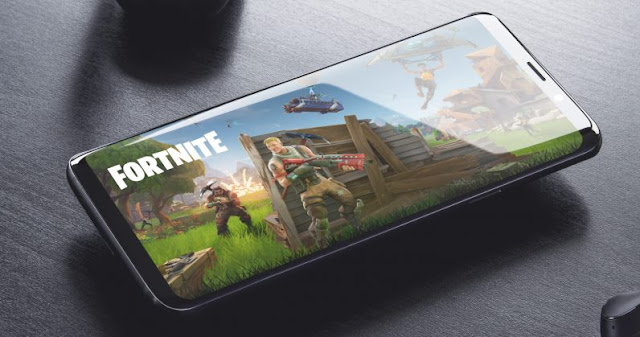The Xiaomi unveiled its 2018 Android One devices earlier this month in Madrid. The Xiaomi Mi A2 comes with significant upgrades from last year's Xiaomi Mi A1, and the Xiaomi Mi A2 Lite offers a similar user experience at a more affordable price point.
Both devices will be sold in over 40 markets over the world over the coming months, and the Xiaomi Mi A2 set to make its debut in India on August 8. As a refresher, the Xiaomi Mi A2 features a Snapdragon 660 chipset, up to 6GB of RAM, 128GB of storage, Wi-Fi ac, Bluetooth 5.0, and a 3000mAh battery.
The cameras are of particular interest: the Xiaomi Mi A2 has a primary 12MP f/1.75 camera with 1.25um pixels mated to a secondary 20MP f/1.75 u1.0 camera that automatically kicks in during low-light scenarios. The same 20MP f/1.75 imaging module is present up front as well, and there's also a front LED module that engages when you're taking selfies at night.
Having used the Xiaomi Mi A2 for just under a week, here's my initial take on the cameras.
Daylight photos
The Xiaomi Mi A2 does a great job in daylight scenarios. Dynamic range and color reproduction are quite good, as is the level of detail. Auto HDR boosts the overall dynamic range without slowing down the device, and the only issue I've faced is a slight shutter lag.
The Xiaomi is aggressively pushing AI across its portfolio, but unlike other manufacturers, the feature is primarily focused on the front camera. The AI-assisted feature on the Xiaomi Mi A2 automatically tweaks the intensity of the beautify filter and facilitates a software-driven portrait mode. Edge detection is good, as is the level of evenness of the background blur effect.
Low-light images
You're guaranteed to get decent daylight photos even with budget phones, but it's a different matter altogether in low-light scenarios. That's where the The Xiaomi Xiaomi Mi A2 truly shines. The phone has a secondary 20MP camera that kicks in automatically in artificial or low-light conditions, and the results are clearly evident. Images come out full of detail, and the phone manages to do a great job minimizing noise.
The Xiaomi Mi A2 seamlessly switches between the two sensors based on the lighting conditions while in portrait mode, and The Xiaomi didn't state a particular threshold after which the low-light camera kicks in. Furthermore, you can manually select between the two sensors in pro mode.
The 20MP module also has 4-to-1 pixel binning to reduce noise levels in low-light shots, with the camera essentially combining information from four pixels into one to create a more detailed image. Overall, the Xiaomi Mi A2 held its own when it comes to low-light photography, and may just be the phone to beat in this area.
HMD should be very worried
The Xiaomi Mi A2 is turning out to be one of the most exciting phones of the year. The hardware is a considerable upgrade from last year, and the camera is fantastic. It'll be interesting to see how much the Xiaomi Mi A2 will end up costing in India, as the phone is going up against the Nokia 7 Plus.Both phones have near-identical hardware, and are based on Android One. With the Nokia 7 Plus retailing for ₹25,999, there's clear incentive for The Xiaomi to debut the Xiaomi Mi A2 at around the ₹20,000 figure, which would allow it to steal market share away from HMD in this category.
With the launch just over a week away, we'll know more about the Xiaomi Mi A2 very soon. In the meantime, what do you make of the camera? Share your thoughts in the comments below.



















































